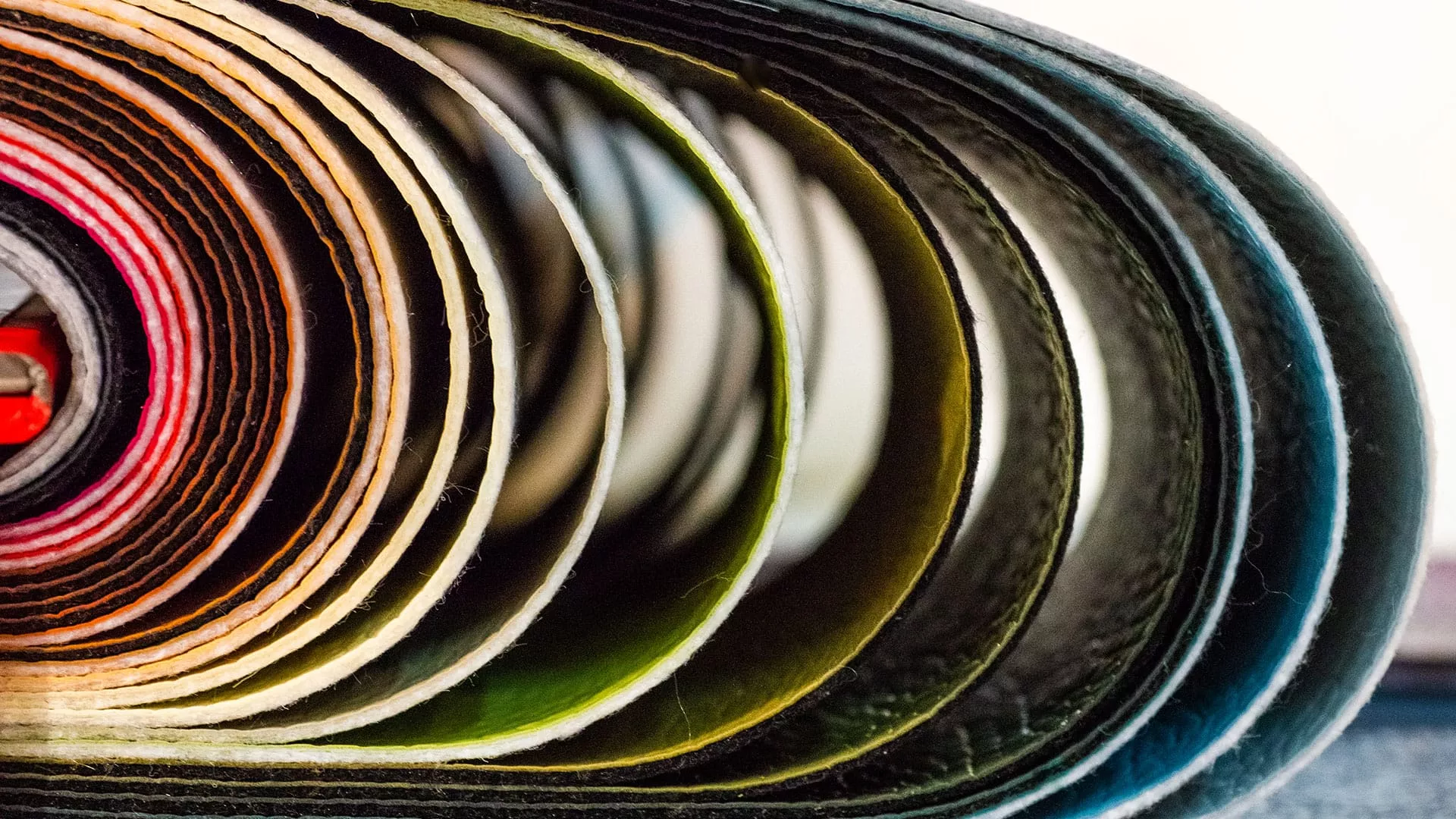Maintaining your car’s leather interior not only preserves its aesthetic appeal but also enhances your driving experience. Leather car seats provide several benefits, including:
- Luxury and Comfort: Leather seats add a touch of elegance and provide superior comfort.
- Durability: Leather is resistant to wear and tear, making it ideal for car interiors.
- Easy Maintenance: With proper care, leather seats are easy to clean and maintain.
- Aesthetic Appeal: Leather seats enhance the overall look of the car interior, adding value to the vehicle.
Leather car seats offer unmatched luxury and comfort, but they can show wear over time. Investing in leather interior repair is essential for maintaining durability, ease of cleaning, and increased resale value.
This guide will help you address common issues like tears, holes, and colour damage, ensuring your leather seats remain a highlight of your vehicle for years. Proper care and maintenance can restore their original beauty and extend their lifespan.
Common Causes of Leather Damage
Leather car interiors are prone to damage from various everyday factors. Prolonged sun exposure can cause fading and drying, while spills from food and drinks may lead to stains and discoloration. Regular wear and tear, pet scratches, and accidental cuts also contribute to the deterioration of leather surfaces. Understanding these common causes highlights the importance of timely leather repair to maintain your car’s interior appearance and value.
Cleaning and Preparing the Leather
Properly cleaning and preparing the leather is a crucial first step in any repair process. This step ensures that the leather surface is free of dirt, oils, and other contaminants that could interfere with the repair materials. Here’s a detailed explanation of how to clean and prepare leather car seats for repair:
1. Gather Necessary Supplies
- Leather Cleaner: A mild, pH-balanced leather cleaner is ideal for removing dirt and grime without damaging the leather.
- Soft Cloths or Sponges: Use soft, lint-free cloths or sponges to apply the cleaner and wipe down the leather.
- Leather Brush: A soft-bristled brush can help to remove ingrained dirt and debris from the leather’s surface and crevices.
- Degreaser: If the leather is heavily soiled or greasy, a degreaser may be necessary to break down oils.
- Leather Conditioner: After cleaning, a conditioner helps to replenish the leather’s natural oils and maintain its suppleness.
2. Cleaning the Leather
- Remove Surface Dirt: Use a vacuum cleaner with a soft brush attachment to remove loose dirt and debris from the leather surface and seams.
- Apply Leather Cleaner: Spray or apply the leather cleaner onto a soft cloth or sponge. Avoid spraying directly onto the leather to prevent over-saturation.
- Gently Clean the Leather: Wipe the leather surface in circular motions, working the cleaner into the leather. Pay special attention to heavily soiled areas.
- Use a Brush for Crevices: For seams and crevices, use a soft-bristled brush to gently scrub away dirt that the cloth cannot reach.
- Wipe Down: Use a clean, damp cloth to wipe away any remaining cleaner and dirt. Ensure all residues are removed.
3. Degreasing (if necessary)
- Apply Degreaser: If the leather has stubborn grease stains, apply a leather degreaser according to the product instructions.
- Wipe Off Excess: Use a clean cloth to wipe off the degreaser and any dissolved oils.
4. Preparing for Repair
- Dry the Leather: Allow the leather to air dry completely before proceeding with repairs. Avoid using heat sources like hair dryers, as they can dry out the leather too much.
- Condition the Leather: Once dry, apply a leather conditioner to replenish moisture. This step helps to keep the leather supple and ready for repair.
- Assess the Damage: Inspect the cleaned leather to identify all areas that need repair, such as tears, holes, or colour damage.
5. Sanding (if necessary)
- Smooth the Surface: If there are rough areas or minor surface cracks, use a leather sanding pad to gently smooth these areas. Sanding helps to create a uniform surface for applying repair products.
- Clean Again: After sanding, wipe the leather with a clean, damp cloth to remove any sanding dust.
By thoroughly cleaning and preparing the leather, you create an optimal surface for repairs, ensuring that products like leather glue, fluid leather, and dye adhere properly and provide a lasting fix.
Proper preparation is key to achieving a professional and durable repair, maintaining the beauty and functionality of your leather car seat.
Common Issues and Solutions for Repairing Leather Car Seat Interiors
Leather car seats, while luxurious and durable, can encounter several common issues over time. Addressing these problems promptly can maintain their appearance and functionality, ensuring they remain a standout feature of your vehicle.
Here are some typical issues that might require repair, along with their solutions:
1. Tears and Holes
a. Small Tears and Cracks:
These often occur due to regular use.
Solution: Use leather glue to close the tear, followed by applying fluid leather for a seamless repair. This prevents the damage from expanding and maintains the seat’s integrity.
b. Large Tears and Holes:
Larger damages can be more challenging.
Solution: Reinforce the hole with a backing cloth and fill the gaps with fluid leather. In
high-tension areas, sewing with strong thread may be necessary. Cover the stitches with fluid leather to blend with the surrounding area.
2. Colour Damage
a. Fading and Discoloration:
Exposure to sunlight and wear can cause the leather colour to fade.
Solution: Clean the leather thoroughly and apply a high-quality leather dye to restore its original look. Multiple layers may be needed, drying each layer with a hair dryer for best results.
b. Stains and Spots:
Spills and other contaminants can leave unsightly stains.
Solution: Clean the affected area with a mild leather cleaner and condition it to remove stains. For persistent stains, a colour touch-up with leather dye may be necessary.
3. Surface Cracks
a. Dry and Brittle Leather:
Over time, leather can become dry and develop surface cracks, particularly if it hasn’t been regularly conditioned.
Solution: Apply a leather conditioner to rejuvenate the material and prevent further cracking. Regular conditioning keeps the leather supple and resilient.
b. Abrasion Marks:
Frequent use can cause abrasion marks.
Solution: Lightly sand the affected area with a leather sanding pad and apply a matching colour dye to blend the marks with the surrounding leather.
4. Seam Damage
a. Loose or Torn Seams:
Seams can weaken and tear, especially in high-use areas.
Solution: Re-stitch the seams using a strong, matching thread. Reinforce the seams with leather glue if necessary, and cover any visible threads with fluid leather to ensure durability and a neat appearance.
5. Peeling and Flaking
a. Top Layer Damage:
The protective top layer of the leather can sometimes peel or flake off.
Solution: Sand the affected area gently to remove loose particles, clean it thoroughly, and apply a new protective topcoat. This helps restore the leather’s smooth surface and protects it from further damage.
By understanding these common issues and their solutions, you can take proactive steps to repair and maintain your leather car seats. Proper care ensures they continue to provide comfort, luxury, and aesthetic appeal for years to come.
Maintenance and Care Tips for Leather Car Seat
Proper maintenance and care of leather car seat can significantly extend their lifespan, keeping them looking luxurious and feeling comfortable. Here are some essential tips to help you maintain and care for your leather car seats:
1. Regular Cleaning
- Vacuum Frequently: Regularly vacuum your leather seats to remove dust and debris that can cause abrasion and wear. Use a soft brush attachment to avoid scratching the leather.
- Wipe Down: Use a damp, soft cloth to wipe the seats periodically. This helps to remove surface dirt and prevent build-up.
2. Use Appropriate Cleaning Products
- Mild Cleaners: Use a pH-balanced leather cleaner to clean your seats. Avoid harsh chemicals that can strip the leather of its natural oils.
- Test First: Always test any cleaning product on a small, inconspicuous area first to ensure it does not discolour or damage the leather.
3. Condition Regularly
- Leather Conditioner: Apply a leather conditioner every 3-6 months. This helps to keep the leather supple and prevents it from drying out and cracking.
- Even Application: Use a soft cloth to apply the conditioner evenly across the seat surfaces. Allow it to soak in and then buff with a clean cloth.
4. Protect from Sunlight
- UV Protection: Use a leather protector with UV filters to shield your seats from sun damage. Sunlight can fade and dry out leather over time.
- Window Shades: Consider using window shades or parking in shaded areas to minimise direct sunlight exposure.
5. Avoid Extreme Temperatures
- Temperature Fluctuations: Extreme heat and cold can cause leather to expand and contract, leading to cracks and stiffness. Try to keep your car’s interior at a moderate temperature.
- Heated Seats: If your car has heated seats, use them sparingly to avoid excessive drying out of the leather.
6. Prevent Spills and Stains
- Immediate Cleanup: Clean spills immediately to prevent stains. Use a damp cloth to blot (not rub) the spill and avoid spreading it.
- Stain Protection: Consider applying a leather protectant that repels liquids and makes it easier to clean up spills.
7. Address Damage Promptly
- Repair Kits: Keep a leather repair kit handy for small tears, holes, or scratches. Addressing these issues promptly can prevent them from worsening.
- Professional Repair: For more significant damage, seek professional repair services to ensure the best results.
By following these maintenance and care tips, you can keep your leather car seat in excellent condition, enhancing the overall look and comfort of your vehicle while protecting your investment. Regular attention to cleaning, conditioning, and protecting your leather seats will ensure they remain a luxurious and durable feature of your car for years to come.
Alternative Solution: Use Leather Car Seat Covers Instead of Repair
If your leather car seats are showing signs of wear but a full repair or reupholstery feels too costly or time-consuming, a high-quality leather car seat cover can be a practical and stylish alternative.
Modern seat covers, like Pecca Group’s Quick Fit solution, are designed to fit specific car models seamlessly—offering the appearance and feel of genuine leather seats without the need for disassembly or repair work. These covers can:
- Instantly refresh the interior look of your vehicle
- Protect the original seat surface from further wear and tear
- Provide an affordable alternative to professional leather restoration
- Offer easy installation and removal for convenience and maintenance
Choosing a premium leather car seat cover not only helps preserve your car’s value but also enhances your driving comfort and aesthetics—all without the downtime of repair.
Conclusion
Maintaining and repairing your car’s leather interior is essential for preserving its luxury, comfort, and aesthetic appeal. Leather seats are durable and easy to maintain but can show signs of wear over time. Addressing common issues like tears, holes, and colour damage promptly can extend the lifespan of your leather seats and keep them looking new.
Regular cleaning and conditioning prevent damage and maintain suppleness. Using the right techniques and products ensures professional and durable results when repairs are needed.
Investing in leather seat care enhances your driving experience and protects your vehicle’s value. With proper maintenance and timely repairs, your leather interior will remain elegant and functional for years.
For more information, please refer to the leather repair specialist. Contact us now.




